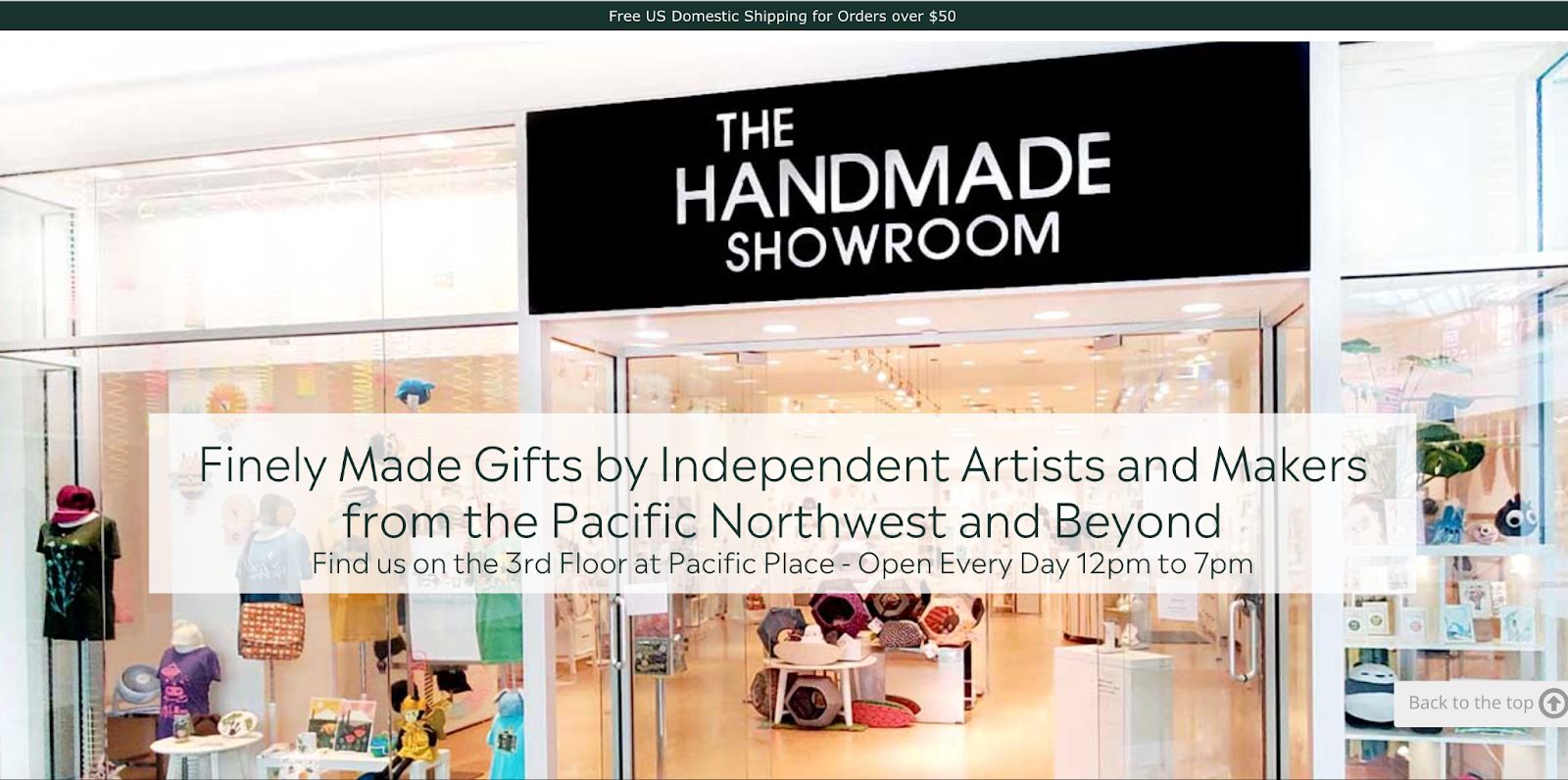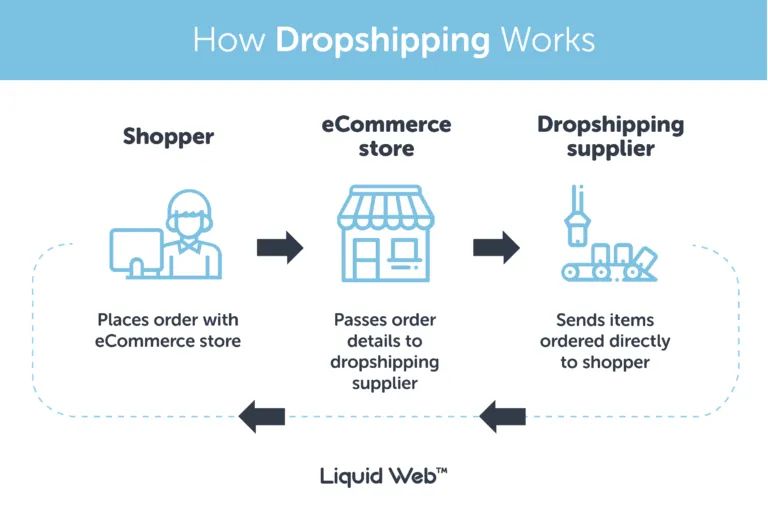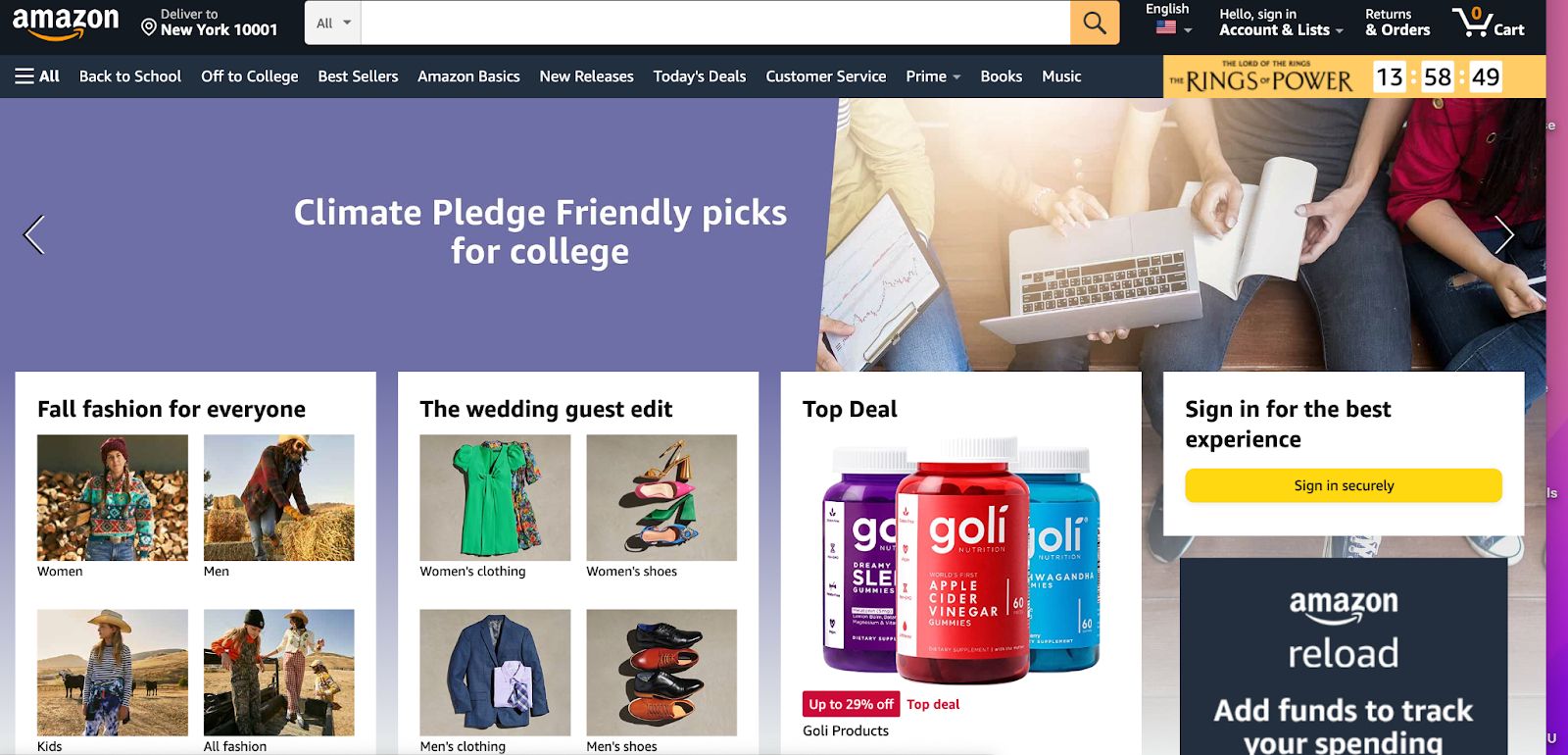You've decided to build an ecommerce business and zeroed in on the type of products you'd like to sell online. But where do you find them? After all, you have a range of options to choose from depending on your business goals.
If you’re trying to get the ball rolling but don’t know where to start, don’t fret.
Here, we’ll show you how to get products for your online store and what to consider before sourcing products for your ecommerce business.
- Product sourcing: what is it?
- Make your own products
- Partner with a dropshipping supplier
- Find a manufacturer
- Buy from a wholesale market
- Visit and network at trade shows
- Things to consider before sourcing products for your online store
- Final thoughts: how to get products for online stores
Product sourcing: what is it?
Product sourcing is the process of buying products from suppliers, in the event that you don’t make your own, to sell in your online store.
It’s usually the last step after determining the product’s potential customer demand and assessing your capacity for investment, storage, and stock replenishment.
There are a few ways to get products for your online store, which we’ll discuss below. Let’s dive into it.
1. Make your own products
If you're a creative entrepreneur, hobbyist, or want to be a part of the rapidly growing maker economy, then you could opt to create your own products.
The biggest advantage of DIY products is that they are unique, and competitors cannot replicate them easily. You have complete control over the quality of your products and how you brand them.
Your potential customers would love your handmade clothes, jewelry, household items, artwork, or beauty products because they carry your personal touch and uniqueness.
If you've got excellent skill sets for specific product niches, you could build an impressive online business with your target audience's help.
On the flip side, manually making products is time-consuming, labor-intensive, and difficult to scale. Also, it’s challenging for a small business to earn a higher profit margin after investing in sourcing materials, packaging, warehousing, and paying yourself a wage for your efforts.

2. Partner with a dropshipping supplier
Dropshipping is one of the best ways to establish your online business and get products for your online store — even if you don’t have any products and can’t afford significant upfront investments.
It’s also a lucrative way to build your online business. The global dropshipping market stood at $162.5 billion in 2021 and is expected to grow at a CAGR of 20.7% between 2022–2028, reaching $621 billion.
Dropshipping helps you open an online store instantly by letting you team up with manufacturers and distributors to sell their products without buying them beforehand.
According to a report by E-DSS.org, around 27% of online retailers have chosen to dropship as their primary order fulfillment method.
As a dropshipper, you get complete access to the catalogs of your dropshipping suppliers and can select the type of products you’d like to sell.
When a customer places an order to buy a product in your ecommerce store, you send the order and shipping details to your dropshipping supplier.
Your supplier handles the products' manufacturing, packaging, and shipping and charges a commission from you in return. You’ll get paid the wholesale prices for the products you sell through your online store.

With a dropshipping business, you can eliminate some of the startup costs. Dropshipping could be the best solution if you’re short on cash to invest in inventory, storage, or delivery.
With the money saved from startup costs, you could focus on researching the best types of products for dropshipping and designing and branding your website to appeal to your target audience.
You could scale up your business easily through dropshipping. Over time, you could begin offering additional products. If you have several partners, then you gain access to all their inventories without the responsibility of handling or storing the stock yourself.
However, even though you wouldn’t have control over the quality or supply chain management of the products you sell, you’d still be held accountable by the customers who buy from your ecommerce website.
Moreover, since the barriers to entry for dropshipping are low, you could face stiff competition. And the competition isn’t just down to other stores, but manufacturers as well.
Since manufacturers and distributors are in charge of producing and delivering the orders, they might get more credit if a product does well. Your potential customers may decide to bypass you, the dropshipper, and instead, deal with the manufacturer directly.
Still, that doesn't mean that you cannot succeed in dropshipping. If you remain dedicated to your business, build a strong brand image, negotiate with the right suppliers, and adapt to the changing market trends, you could become a huge success as a dropshipper.
You must thoroughly research dropshipping suppliers before partnering with one. Check for reliability, product standard, subscription fees, and the extent to which you can customize your products to differentiate them from the other dropshippers.
Sell your products online, worry-free
Officially recommended by WooCommerce, our hosting is made for online businesses like yours
3. Find a manufacturer
Getting products for your online store from a manufacturer is ideal when you have a unique product idea and have done enough research to ensure demand for your new product.
Finding a manufacturing partner relieves you of the scalability problems that come with making your own products.
There are two types of manufacturers to choose from:
- Private label: Here, the manufacturer creates unique packaging and labeling. It’s suitable for specialized products like designer dresses, cosmetics, and jewelry.
- White label: This is common for products sold through retailers to a larger group of customers.
Manufacturing lets you control the branding and pricing. It also lets you play around with product ideas and add new products to your catalog of offerings.
The drawback is that you have to pay significant setup fees and need to order a minimum order quantity (MOQ). That might lead to a huge upfront cost at the onset.
However, your new business could eventually scale up despite the higher initial investment, leading to lower unit costs and higher margins long term. You could also receive discounts from the manufacturer for bulk orders.
The only risk is that your manufacturer might create similar products for your competitors. You need to protect your unique products’ IP legally. Also, consider licensing your products to receive a royalty for each unit sold.
You can find manufacturers for sourcing products in online or offline business directories.

4. Buy from a wholesale market
Wholesalers buy in bulk and allow you to buy at a reduced price per unit. However, you’d need to pack the inventory into individual orders and ship them to customers.
Moreover, buying in bulk comes with significant upfront costs. It also requires suitable storage facilities and carries the risk of leftover inventory.
On the bright side, you’re free from the hassle of manufacturing products, and you can order stocks according to market demand. Consider opting for white or private labeling for your retail products.
There are two kinds of wholesalers you could consider:
- B2B marketplaces: These are online marketplaces like Amazon and Alibaba that let you buy different types of products from across the globe and sell them in your ecommerce store. As of 2022, the U.S. B2B marketplaces continue to grow significantly. The Digital Commerce 360 report involved 400 U.S. B2B online marketplaces. In 2021, these online marketplaces witnessed 131% year-on-year growth in sales to $56.5 billion. Sales are projected to grow at the same rate and reach $130 billion in 2022.
- Traditional wholesalers: These are offline wholesalers who let you visit their warehouses and check the quality of products in person.

5. Visit and network at trade shows
Trade shows are venues where businesses showcase different types of products and answer buyer queries. You can visit in person and try out the products from competing sellers before zeroing in on the one you’d like to partner with.
Trade shows are great for networking and negotiation because you’re physically present at the venue, and business representatives compete against each other to offer you better deals.
The pandemic caused a setback to trade shows. The global exhibition industry declined by 68% in 2020. That amounted to around $330 billion worth of missed trades.
But things are back in force now. A survey by Display Wizard found that over 59% of respondents wanted to display at trade shows again.
Since its reopening, the Las Vegas Convention Center has hosted more than 50 expos and events with more than 700,000 attendees.
However, in the aftermath of the pandemic, more decision makers are adopting the hybrid model of in-person meetings combined with virtual ones. According to a 2021 PCMA study, 65% of planners mentioned favoring more hybrid events.
Before visiting a trade fair, make sure you research the trade show’s credibility and your desired products’ market demands.
The Trade Fair Dates website is a great platform to learn about trade fairs across the globe.
Keep in mind trade shows might be overwhelming for first-time buyers who aren't experienced enough to handle multiple sellers at a time.
Additionally, some sellers prefer working with well-known partners, so if you're a new business or a small ecommerce platform, you might miss out on partnering with reputed names.
There are expenses and efforts involved in visiting trade shows.

Things to consider before sourcing products for your online store
Here are some things to consider before getting products for your online store.
Study your target audience and market
You must conduct market research to understand the market for your product and your potential customers' preferences.
You can gather information in two ways:
- Primary research: It includes focus groups, interviews, online and offline surveys, and questionnaires.
- Secondary research: It involves gathering already existing data through the internet, periodicals, journals, books, and so on.
Market research gives you an idea about the market where you'd operate, such as your target audience's preferences, trending products, competition level, and legalities surrounding your business.
You need to have a good idea about your product market's supply and demand situation to run an efficient business.
Check samples before placing an order
Once you've decided on the product you'd like to sell, the next step is ordering samples from your manufacturer or wholesaler. You can check the samples at trade shows if you opt for this product sourcing method.
A sample lets you examine the product's quality before placing a bulk order. It also lets you determine whether the supplier properly performed the customizations you requested.
Going by their sample delivery, you could determine the efficiency of your supplier — how long they take to deliver and how they manage packaging, shipping, and delivery.
Have backup suppliers ready for your ecommerce store
As discussed before, even if you are not responsible for manufacturing or supplying your products, you'd be answerable to your customers for any quality-related or delivery-related issues.
That's why partnering with multiple suppliers is wise, as it helps you better manage your supply chain and deliver products on time. Vet each supplier carefully before entering into a contract with them.
Just remember to avoid adding too many suppliers to your new business because you might not have sufficient orders to place and still end up paying high commissions.
Final thoughts: how to get products for online stores
Creating an ecommerce website and sourcing products for online stores is easier today than ever. There is a whole range of options — from creating your own products to finding a dropshipping partner.
Your choice depends on your budget, the type of product you wish to sell, and the effort and involvement you want to put into the manufacturing, stocking, shipping, and delivering process.
The most cost-effective and easiest option for starting a small business or startup is teaming up with dropshipping suppliers.
So, are you ready to build a solid ecommerce store and grow your business by sourcing products via dropshipping?
Start today by building your own website with Managed WooCommerce from Nexcess.

